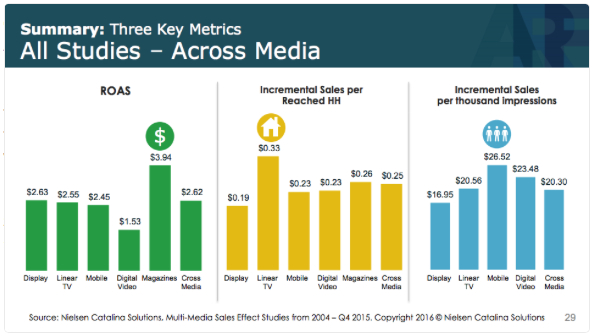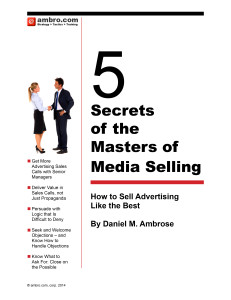There used to be “a thing” called “over-exposure” that was thought to apply to some celebrities, particularly in relation to product endorsements. It was believed that if a celeb appeared in too many commercials, endorsing different products, it would reduce their endorsement value and promotional power. It made sense that if a particular person was seen to be endorsing too many products it would tend to put pressure on their perceived veracity, implying that their opinion could be bought, and perhaps bought cheaply.
Given the spread of digital advertising reaching us every moment of the day, from the time we check our social media to see how our friends are doing — before getting out of bed for many — through the last check on Twitter for The Donald’s latest provocation, we are inundated with advertising. Is over-exposure making digital ads less effective?
As a publishing and advertising sales executive who started in magazines, and later sold TV, I thought advertising could be said to support content that was valuable to its audiences — carefully researched perspectives on public affairs, how to enjoy muscle-powered recreation, how to build a better house or be a better parent — I always thought of advertising as an important part of the eco-system that made valuable content widely available.
But lately — okay for decades — digital advertising’s spread from supporting content to supporting every sort of amusement, game, software application and yes, keeping us in touch with friends, and their friends, and their friends, has so multiplied digital advertising that it, too, is over-exposed.
Digital ads can certainly be purchased cheaply. And because they can be purchased so cheaply, there is a tidal wave of crappy ads (and I mean that in the nicest possible way) crawling all over the content that I love. So it is heartening to read of two recent survey reports showing that return on investment for digital advertising isn’t as high as that for TV or for magazines.
 To understand the average Return On Advertising Spend (ROAS) from various types of media, Nielsen Catalina Solutions studied advertising spending and sales results over eleven years (from 2004-2015), analyzing nearly 1,400 campaigns across 450 brands from seven popular categories: Baby, pet, health & beauty, general merchandise, food, beverage and over-the-counter (OTC).
To understand the average Return On Advertising Spend (ROAS) from various types of media, Nielsen Catalina Solutions studied advertising spending and sales results over eleven years (from 2004-2015), analyzing nearly 1,400 campaigns across 450 brands from seven popular categories: Baby, pet, health & beauty, general merchandise, food, beverage and over-the-counter (OTC).
According to a the NCS study, magazines deliver the highest ROAS of all media studied (TV, magazines, newspapers, digital display and others), with an average return of $3.94 for every dollar spent on advertising. (Get the deck here.)
Meanwhile, Standard Media Index in association with Harvey Research and IRI studied a dozen consumer products’ TV ad-spending, comparing it to other spending and relating it to profitability through financial reports. The report on TV spending for packaged goods, “confirms recent reports of advertisers that have seen declines in the return on investments from increasing digital media spending and lower TV spending. Many have now reversed their TV-digital media spending allocations,” according to MediaPost.

